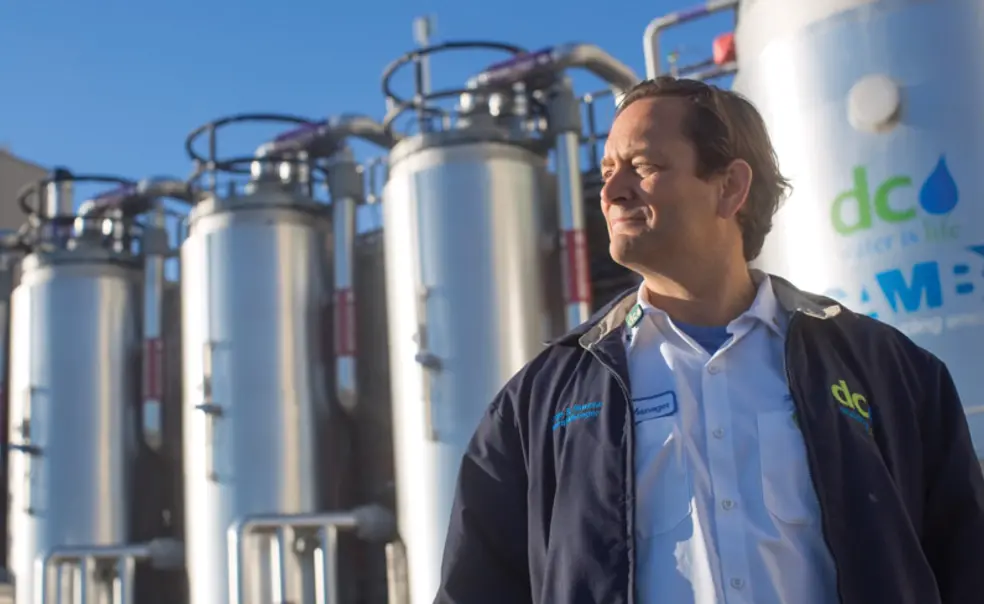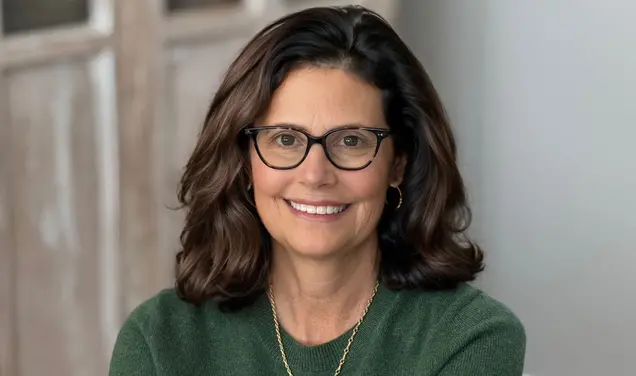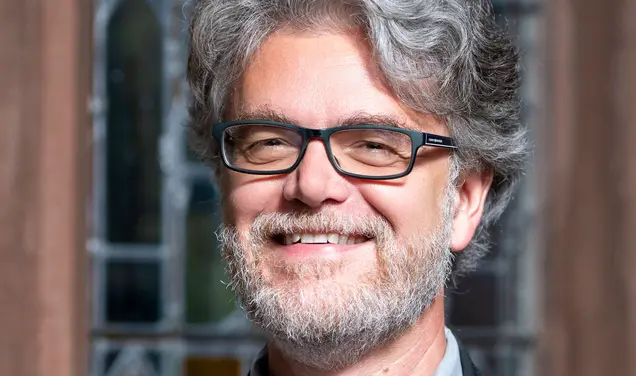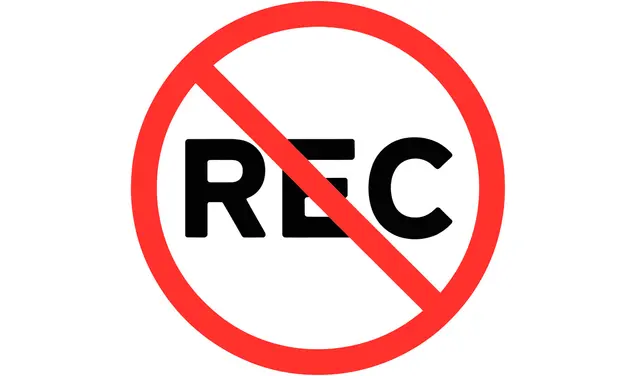Q&A: George Hawkins ’83 Says America’s Aging Water Infrastructure Is Failing
Hawkins founded Moonshot Missions to secure clean, safe drinking water for communities with limited resources
America’s drinking water system is failing. Aging water infrastructure across the country poses numerous health risks, and yet the Environmental Protection Agency (EPA) estimates it would cost $625 billion over the next two decades to fix. George Hawkins ’83 has dedicated his career to water access and sustainability and was recently nominated for the Lee Kuan Yew Water Prize for his leadership. He’s worked for the EPA, the Watershed Institute, New Jersey Futures, and DC Water — Washington’s water authority. Now he’s the CEO and founder of Moonshot Missions, a nonprofit that helps secure safe and clean drinking water for communities with limited resources. Hawkins spoke with PAW about the challenges that utilities across the U.S. are facing and the solutions his nonprofit is working to provide.
What are some of the most common constraints underserved communities face?
Resources, people, money are a few, but the biggest constraint is time. In order to do all the things we did at DC Water, we had to evaluate options and look at different companies and make selections of the best ones, and then work hard on implementation. All of this work that it takes to innovate that none of these utilities had the time or money for. Another challenge, which is very common in the public sector, is that our industry was considered resistant to new ideas or conservative, not in a political sense, but conservative as in not liking to change things. A lot of innovations were not being adopted. When you’re running a water treatment plant delivering water to your home that you and your children are going to drink, you can’t be wrong. You can’t try something that turns out not to work right. That pushes you to use the things you know work.
Extreme weather makes it very hard for water utilities to operate. All of a sudden having more frequent and bigger storms, then you’ve got much more storm water to try to manage, and that’s really tough.
— George Hawkins ’83, Moonshot Missions founder
Can you give an example of how Moonshot has helped a community change how its water system worked?
One of the cities that we’re working with is Toledo. An interesting thing for water systems is they are often oversized because they were built when all these big factories were still there, but they’re trying to manage these systems with less people (population) and they’re getting older. We held a series of workshops, walked their facility and we got to know Toledo. One of the workshops we held is based on a project that we did at DC Water, which was taking those biosolids — this is all the sludgy stuff that you take out of the wastewater — and we developed a facility that would turn it into energy, because it turns out there’s a lot of Btu [British thermal units] in that sludge, which is like a fuel source. If you know how to do the work properly, then it becomes a source for power so it saves you from buying power off the grid. Once you’re generating your own power, that helps power your own facilities, which is good for resilience.
What are the signs that a community is in need, and how are you able to let them know about your organization?
One of the hardest steps in this process is finding the communities that need help because they’re not networked. They don’t tend to go to a lot of the big state or federal programs on water utilities because they don’t have the money and they’re not very trusting. They question who we are and where we are coming from. So, when we help a small community like Wigwam in Colorado, we ask them, “What other communities do you know of that could use some support?” We also cold call places we hear are having challenges, when we can’t find someone to introduce us.
Which communities do you find are the most vulnerable and have the least access to clean, affordable drinking water
There are many communities, but the common denominator is a high percentage of low-income customers. They don’t have the revenue to run the system, so it is getting worse. This is about a resource and a service that is essential to the livelihood of every person in that town in every job in that town because there’s nobody who can work without clean water. It’s not just small communities — if you don’t have a lot of rate payers, you don’t have enough people to raise money no matter if they’re rich or poor; that’s a challenge on its own.
Are there any ongoing water crises?
Extreme weather makes it very hard for water utilities to operate. All of a sudden having more frequent and bigger storms, then you’ve got much more stormwater to try to manage, and that’s really tough. On the other side of the coin, the extreme weather is delivering longer sustained drought, and that’s also really hard to sustain. Where’s your water going to come from? Where do you store it? How do you keep it? The systems that all these communities are delivering the water in are getting older by the day, and there’s almost no community in the United States that is replacing the old stuff at the rate they should be. And then there’s new contaminants like PFAs, pharmaceuticals, and microplastics, along with all the old contaminants that are still around.











No responses yet